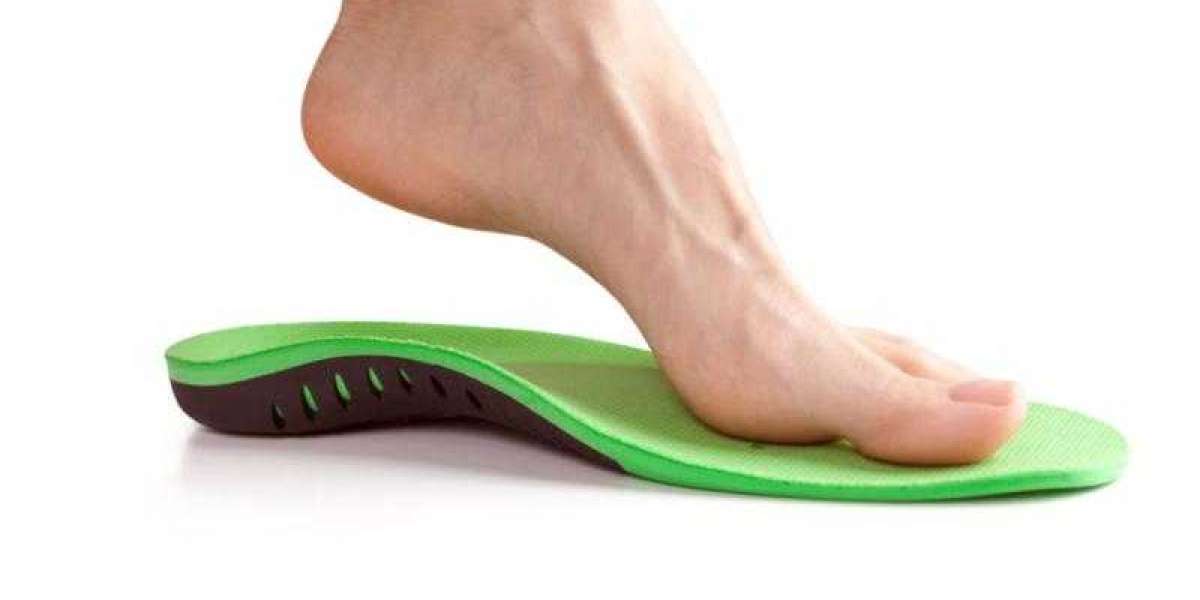What is Fat Eyelid Surgery?
Fat eyelid surgery, also known as eyelid fat removal or fat repositioning, is a surgical procedure aimed at reducing excess fat in the upper or lower eyelids. The goal is to rejuvenate the eyes, giving them a more youthful and rested appearance.
While the procedure is common for those with sagging eyelids due to aging, many younger individuals also undergo fat eyelid surgery to correct puffiness caused by genetics.
Types of Fat Eyelid Surgery
- Upper Eyelid Surgery: Targets sagging or droopy upper eyelids by removing excess skin and fat. This can improve the appearance of hooded eyes and help restore the natural contour of the upper eyelids.
- Lower Eyelid Surgery: Primarily focused on removing or repositioning fat deposits to address puffiness or bags under the eyes. It can also smooth out wrinkles and fine lines in the under-eye area.
- Transconjunctival Blepharoplasty: A technique used primarily for lower eyelids where fat is removed through an incision inside the eyelid. This method leaves no visible external scars and is ideal for individuals who only require fat removal without excess skin.
Who is a Good Candidate?
Fat eyelid surgery is suitable for individuals who experience:
- Puffiness or bags under the eyes
- Drooping upper eyelids that affect vision or appearance
- A tired or aged look due to excess fat around the eyes
Good candidates should be in good health, non-smokers, and have realistic expectations about the outcome of the procedure.
Benefits of Fat Eyelid Surgery
- Improved Appearance: One of the most noticeable benefits is a refreshed and youthful look. The removal or repositioning of excess fat can smooth out puffiness and create a more defined eye area.
- Enhanced Vision: For those with sagging upper eyelids, blepharoplasty can also improve peripheral vision by eliminating the excess skin obstructing the field of view.
- Long-Lasting Results: While aging continues, the results of fat eyelid surgery can last for many years, depending on lifestyle and genetic factors.
- Minimal Scarring: Modern techniques, such as transconjunctival blepharoplasty, ensure minimal visible scarring.
Recovery and Aftercare
Post-surgery recovery typically takes about 1–2 weeks. During this period, patients may experience swelling, bruising, and discomfort, but these symptoms usually subside within a few days. It is important to follow the surgeon’s aftercare instructions, which may include:
- Applying cold compresses to reduce swelling
- Avoiding strenuous activities for a few weeks
- Keeping the head elevated during sleep
Most patients are able to return to normal activities within a week, but full recovery can take several months as the tissues continue to heal.
Potential Risks
Like any surgery, fat eyelid surgery carries some risks, including:
- Infection
- Dry eyes
- Temporary blurred vision
- Scarring
- Asymmetry in eyelid appearance
It’s important to choose a board-certified surgeon with experience in eyelid procedures to minimize the risk of complications.
Conclusion
Fat eyelid surgery is a highly effective procedure for anyone looking to refresh their appearance and eliminate excess fat or sagging around the eyes. Whether you’re dealing with puffiness, bags, or droopy eyelids, this procedure can help you achieve a more youthful, rested look. Always consult with a qualified cosmetic surgeon to determine if fat eyelid surgery is the right option for you.
Visit Sculptaa Aesthetics Now!






